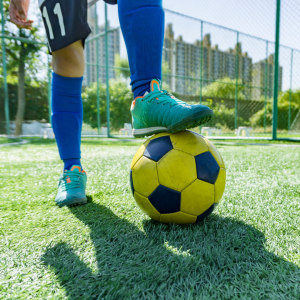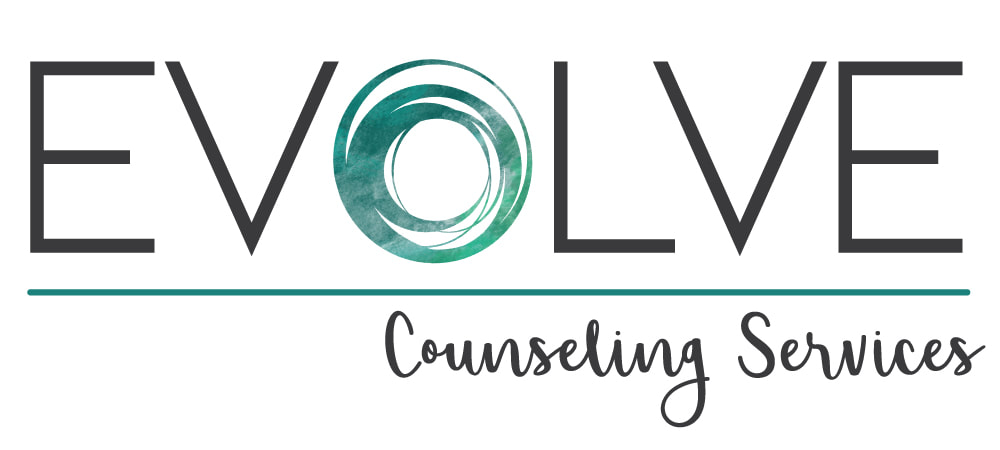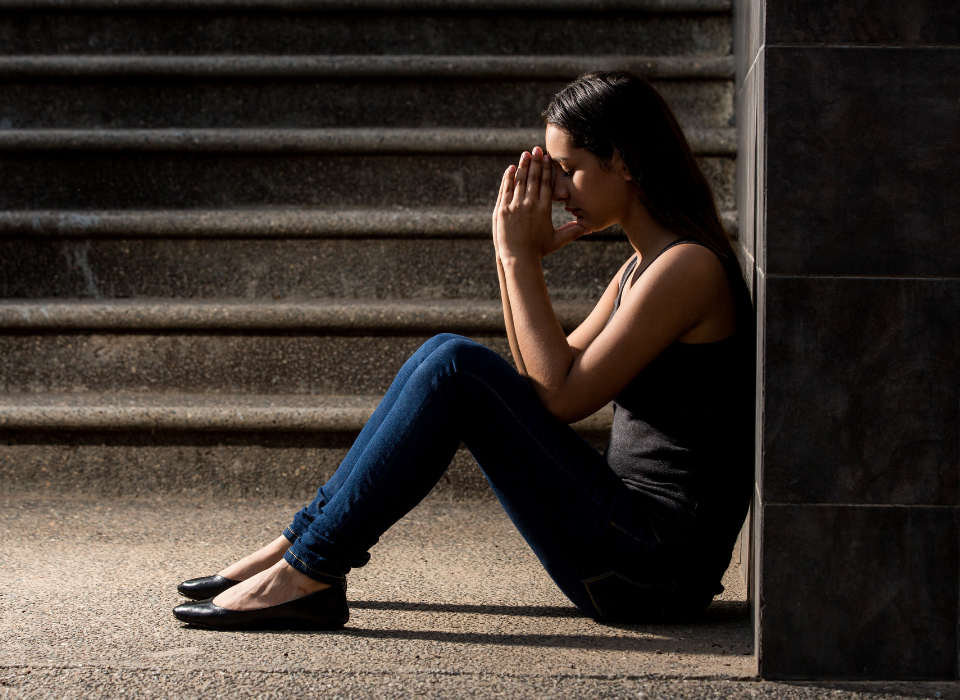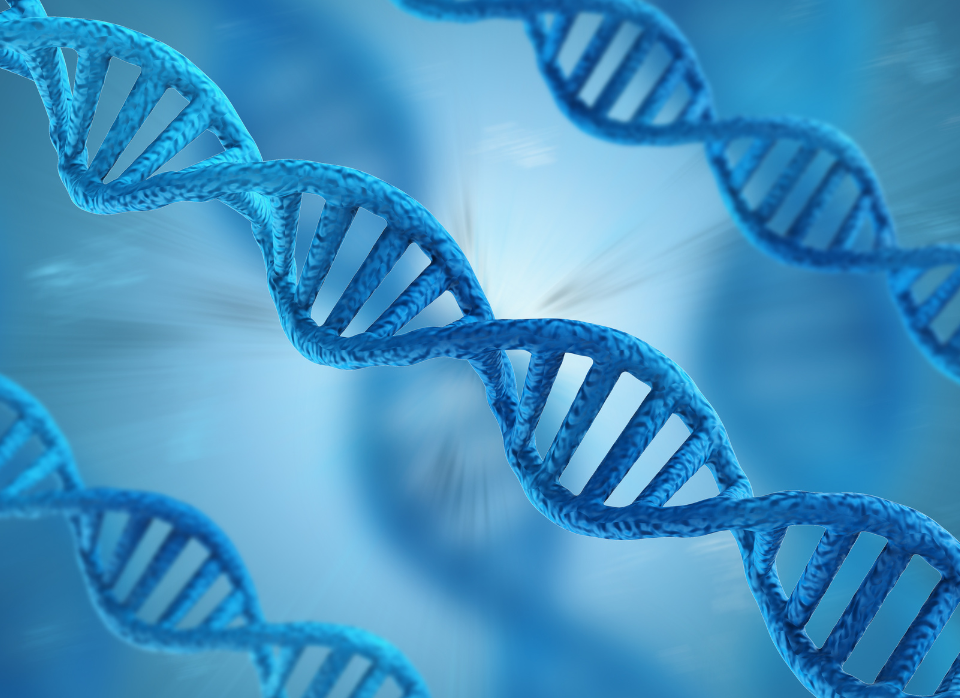
What’s the Difference Between Eating Disorders and Disordered Eating
February 25, 2024
Understanding the Different Types of Therapy: Which One Is Right for You?
March 19, 2024By Keeley Seymour, LCSW, CEDS, PMH-C
5 min read

“I have a memory of my coach commenting on the snack I packed as ‘not being clean enough.’ I started becoming more conscious of the foods I was eating.”
“My teammates often talk on the bus to games about what they ate that today to help enhance their performance. It sometimes makes me feel not as good for what I had eaten in comparison.”
“I started cutting out certain foods to perform better or run faster. But then it became a slippery slope of feeling like if I controlled my food, I could control how fast my times were.”
In sports, athletes are often perceived as epitomes of health and fitness. However, beneath the surface, many athletes grapple with a silent struggle – eating disorders or disordered eating. The intersection of rigorous training regimens, performance pressures, and societal expectations creates a unique set of challenges for athletes, making them vulnerable to disordered eating behaviors.
While the advice from coaches or parents may be helpful in theory, it’s on a fine line between being internalized or taken to the extreme. In this blog post, we delve into the complex relationship between athletes and eating disorders, shedding light on the challenges they face and exploring avenues for support.
The Unique Challenges of Eating Disorders in Athletes
Performance Pressures
Athletes operate in an environment where performance is paramount. Whether it’s achieving a personal best, securing a spot on the team, or meeting competitive standards, the pressure to excel can be overwhelming. This pressure often extends to body image, with athletes needing to conform to certain physical standards associated with their sport.
In addition, some collegiate athletes are receiving large financial scholarships to play. If an athlete feels like the sport is taking a toll on their mental health, they are unlikely to take a leave from the sport due to fear of losing their scholarship.
Weight Class Sports
In sports where weight is a factor, such as wrestling, gymnastics, or combat, athletes may resort to extreme measures to meet weight requirements. This can involve severe calorie restriction, dehydration, or even the misuse of diuretics and laxatives, all of which pose serious health risks.
Though most athletes with eating disorders are female, male athletes are also at risk—especially those competing in sports that tend to emphasize diet, appearance, size, and weight. In weight-class sports (wrestling, rowing, horseracing) and aesthetic sports (bodybuilding, gymnastics, swimming, diving) about 33% of male athletes are affected. In female athletes in weight class and aesthetic sports, disordered eating occurs at estimates of up to 62%, according to NEDA.
Constant Comparison
Athletes are constantly surrounded by peers and competitors, leading to comparisons in performance, physique, and abilities. This culture of comparison can exacerbate body image concerns and fuel disordered eating patterns as athletes strive to measure up to perceived ideals.
Lack of Eating Disorder Education and Awareness
Despite the prevalence of eating disorders in athletes, there is often a lack of education and awareness within sports communities. Coaches, teammates, and even the athletes may not recognize the warning signs or understand the gravity of the situation, leading to underreporting and inadequate support.
In a survey of athletic trainers working with female collegiate athletes, only 27% felt confident identifying an eating disorder in female athletes. Despite this, 91% of athletic trainers reported dealing with an athlete with an eating disorder. 93% of trainers felt that increased attention needs to be paid to preventing eating disorders among collegiate female athletes. 25% worked at an institution without a policy on managing eating disorders. (Statistics from NEDA).
The Pressures of Being an Athlete
Body Image Expectations
Athletes are frequently judged based on appearance, with lean and muscular physiques often equated with athleticism. This emphasis on aesthetics can distort perceptions of body image and fuel unhealthy behaviors in pursuit of an idealized physique.
Performance Demands
The relentless pursuit of excellence drives athletes to push their bodies to the limit, often at the expense of their physical and mental well-being. Whether training through injuries, ignoring signs of fatigue, or sacrificing rest and recovery, the pressure to perform can affect athletes’ health.
Fear of Failure
Failure is inherent in sports, yet many athletes fear it as a sign of weakness or inadequacy. This fear can manifest in obsessive behaviors aimed at controlling every aspect of their performance, including their diet and body weight.
External Expectations
Athletes face external pressures from coaches, sponsors, fans, and the media, all of which contribute to heightened stress levels and feelings of scrutiny. The fear of disappointing others or falling short of expectations can drive athletes to extreme measures to maintain a sense of control.
Supporting Athletes: What Coaches Can Do
Education and Awareness
Coaches are pivotal in fostering a supportive and inclusive environment, prioritizing athletes’ well-being over performance outcomes. Providing education and training on eating disorders, body image, and mental health can help coaches recognize the warning signs and intervene early.
Foster a Culture of Openness
Encouraging open communication and destigmatizing discussions around mental health and body image can create a safe space for athletes to seek help without fear of judgment or reprisal. Coaches should actively listen to their athletes’ concerns and validate their experiences.
Individualized Support
Recognizing that each athlete is unique, coaches should tailor their approach to meet their team members’ needs and challenges. This may involve collaborating with sports psychologists, nutritionists, and other healthcare professionals to develop personalized support plans. It may also recognize when leave from the sport is appropriate for eating disorder treatment.
Promote Balance
Emphasizing the importance of balance in training, nutrition, and lifestyle habits can help athletes develop a healthier relationship with their bodies and performance goals. Coaches should prioritize long-term health and well-being over short-term success.
Lead by Example
Coaches serve as role models for their athletes, and their attitudes and behaviors can influence team dynamics and culture. By modeling healthy attitudes towards food, exercise, and body image, coaches can instill positive habits and attitudes in their athletes.
Eating disorders in athletes can represent a complex interplay of performance pressures, body image expectations, and societal influences. Recognizing athletes’ unique challenges and providing them with the support they need is crucial in promoting their physical and mental well-being.
Coaches, in particular, play a central role in creating a supportive and empowering environment that prioritizes the holistic development of their athletes, both on and off the field. By fostering a culture of openness, education, and individualized support, coaches can help athletes navigate the challenges of competitive sports while promoting a healthy and balanced approach to training and performance.
_________________________________________________________________________________
Looking for treatment for an eating disorder, anxiety, depression, trauma, or postpartum mood disorder?
Evolve Counseling Services is a specialized team of Licensed Therapists providing treatment in Paoli.



